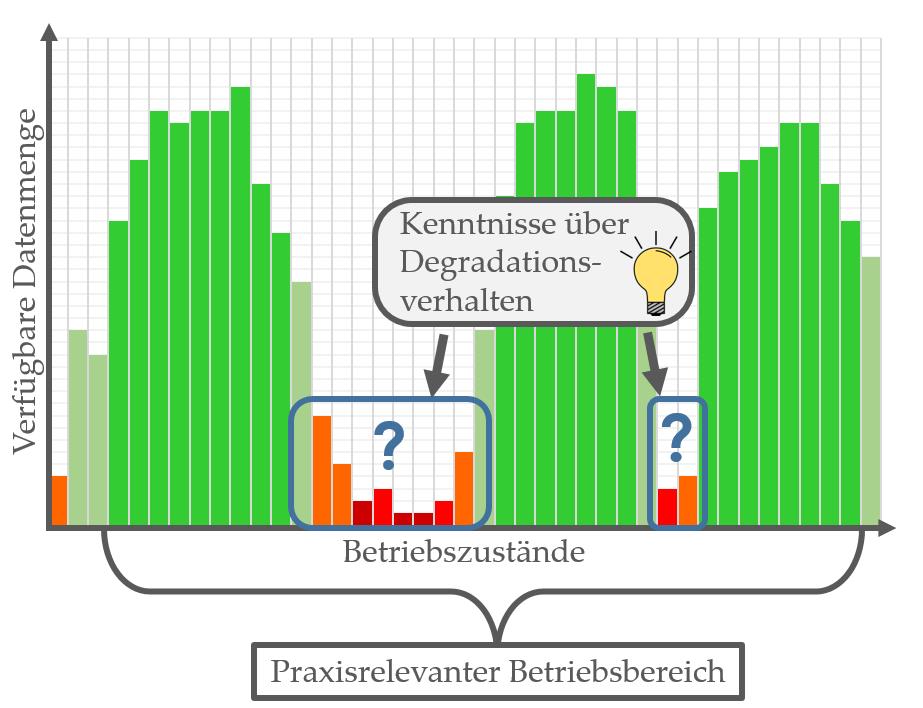PROMISE 4.0 Research in the Collaborative Doctoral Programme
Research project: Methodology to extend data-driven PHM applications using knowledge of the physics of the degradation processes occurring.
Supervision of the collaborative doctoral programme: Prof. Dr.-Ing. Thomas Bauernhansl (IFF, Stuttgart University), Prof. Dr.-Ing. Peter Zeiler
Doctoral student: Simon Hagmeyer
Brief description of the research project:
The research field of PHM, which encompasses Mr Hagmeyer’s doctoral project, deals with the diagnosis and prognosis of the degradation state of technical systems. The different approaches can be divided into model-based, hybrid and data-driven, as illustrated in Figure 3. In the model-based methods, the degradation behaviour is simulated in a physical model. A widely used example for the physical modelling of degradation processes are the crack progression models such as the Paris-Erdogan law. These describe the fatigue cracking under cyclic load. Compared to this, data-driven diagnostic and prognostic methods have the advantage that no or very little knowledge of the particular degradation behaviour is required to use them. This is because the data-driven methods only simulate the mathematical relationship between the variables measured and the degradation. As its name suggests, the hybrid approach represents a mixture of the two afore-mentioned approaches.
The research project is looking at how knowledge about the physics of the existing degradation process can be used to improve data-driven PHM applications. When sufficient training data is available, data-driven methods such as artificial neuronal networks can help achieve very good performance. One of the major drawbacks of PHM, however, is that generating service life data for technical systems is generally very expensive and time consuming. Instead of collecting more data, a practical alternative is to incorporate knowledge which is already available. This begins with individual physical laws which the data-driven model must obey as boundary conditions. When detailed knowledge is available, it is sufficient to incorporate it up until physical models have been constructed, and then ensemble methods can be used to merge these physical models with the data-driven models to give a hybrid model.
Research in the PROMISE 4.0 Collaborative Doctoral Programme
Interested? Find out more! about our degree programmes
Explore now and
find a course
